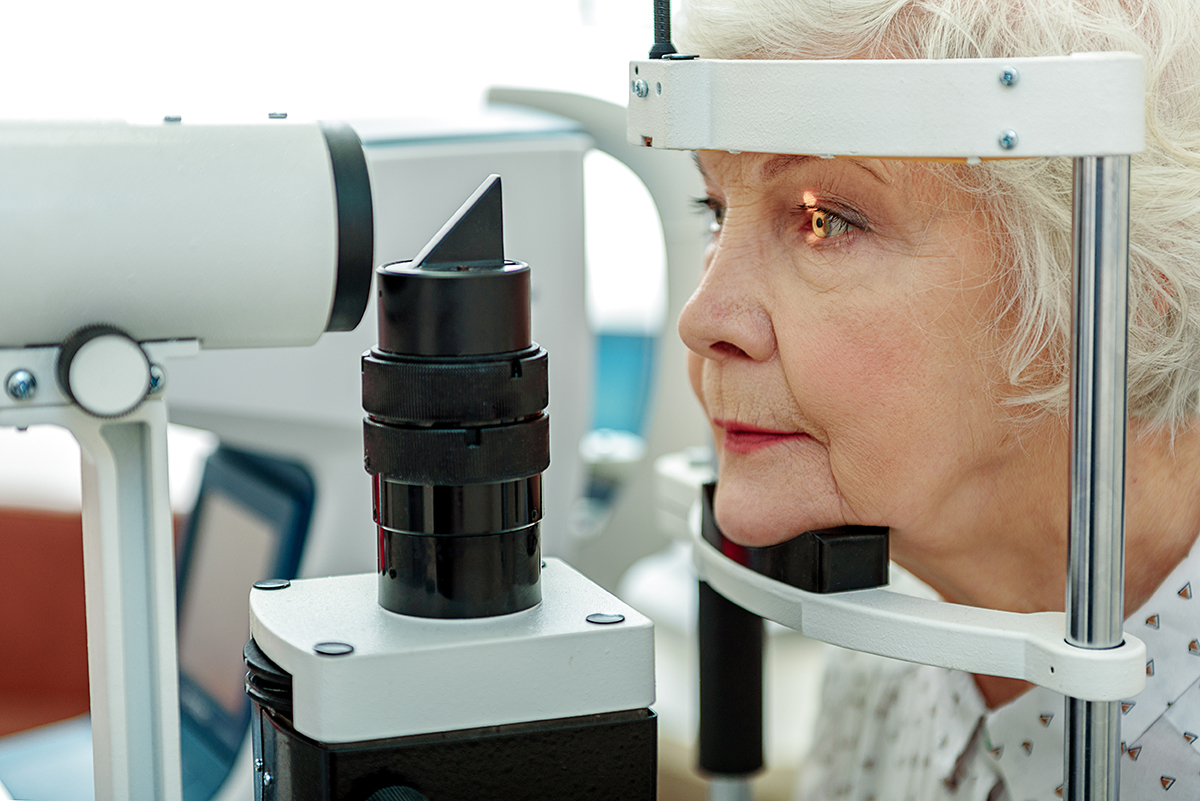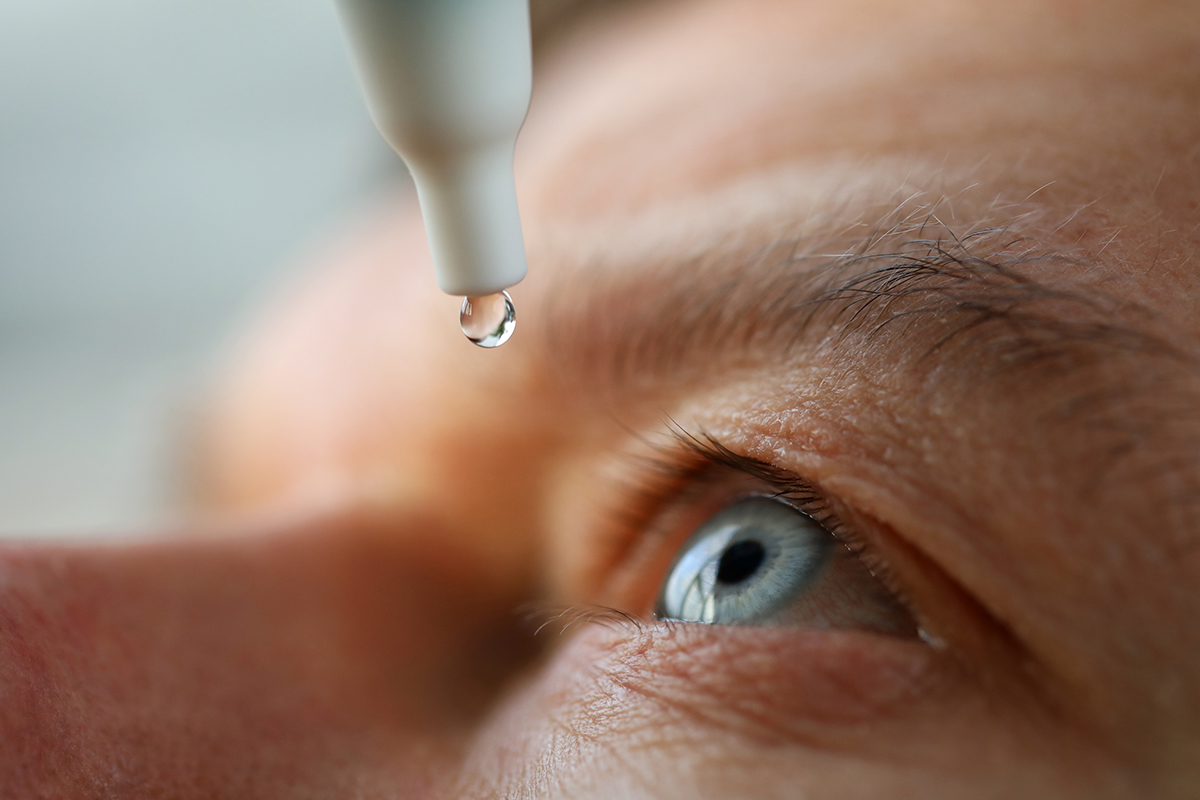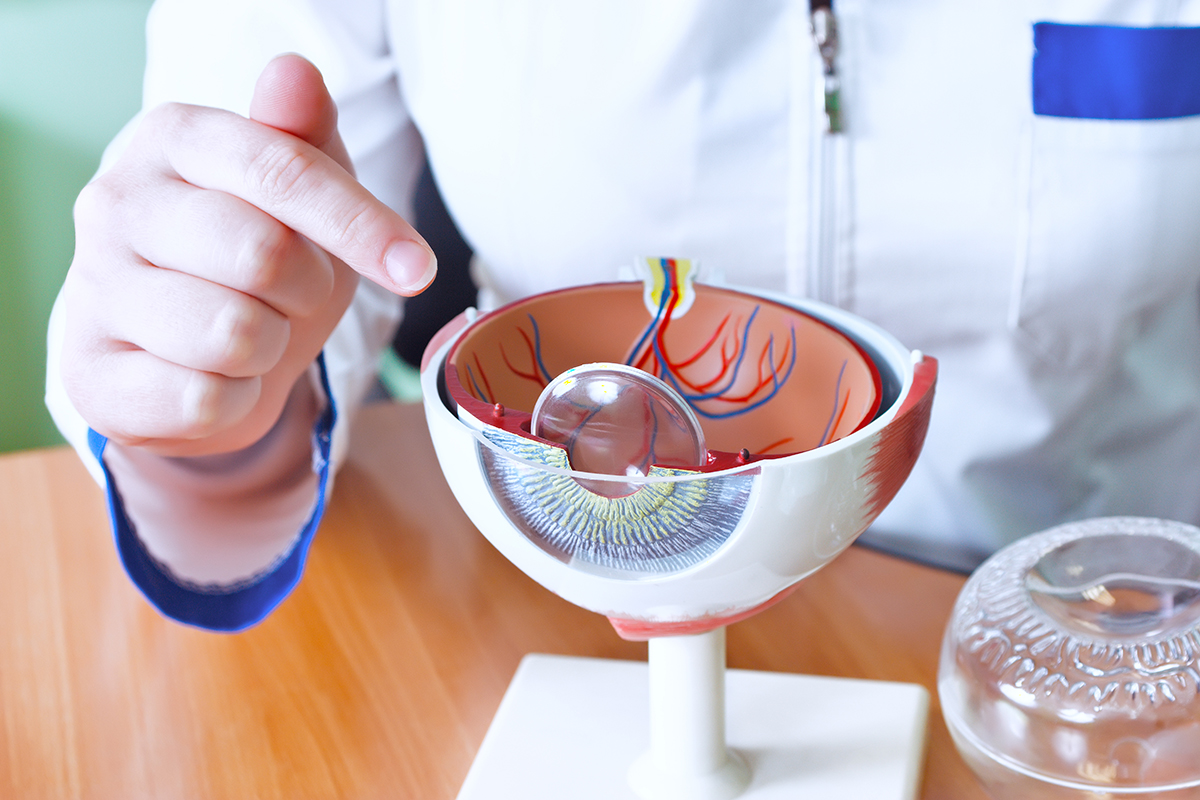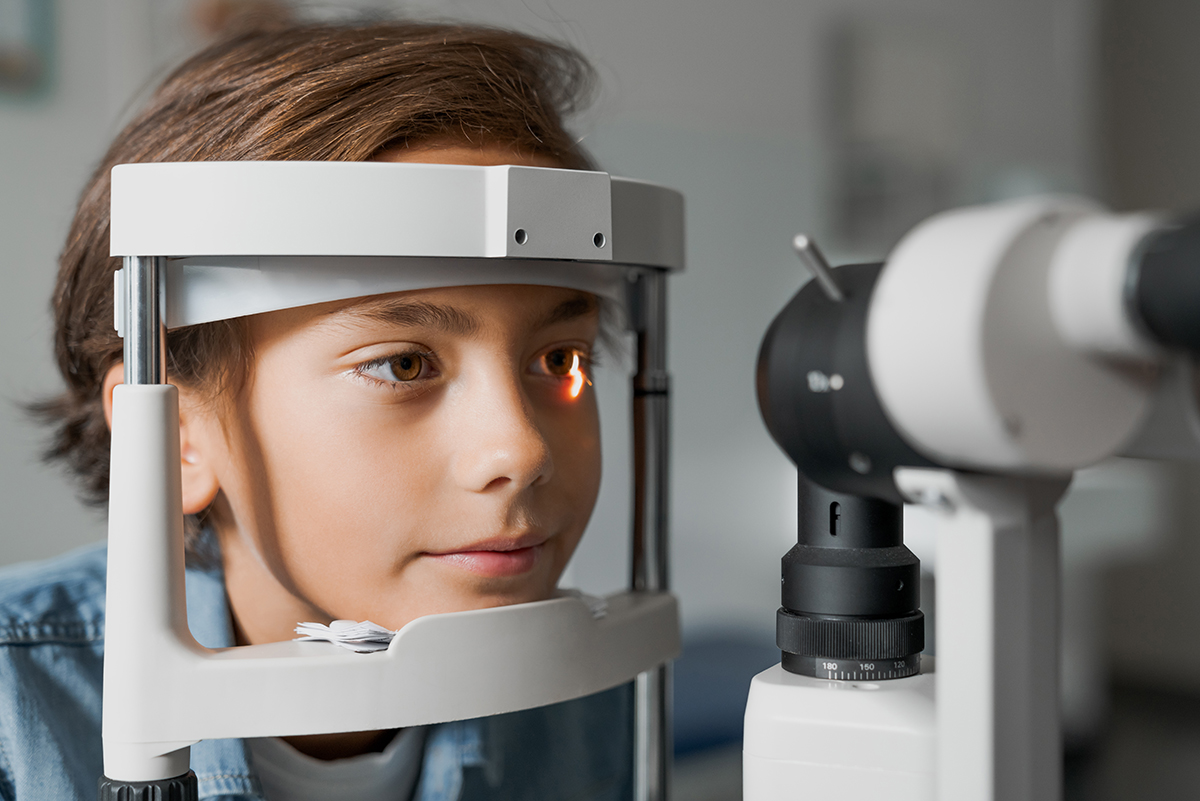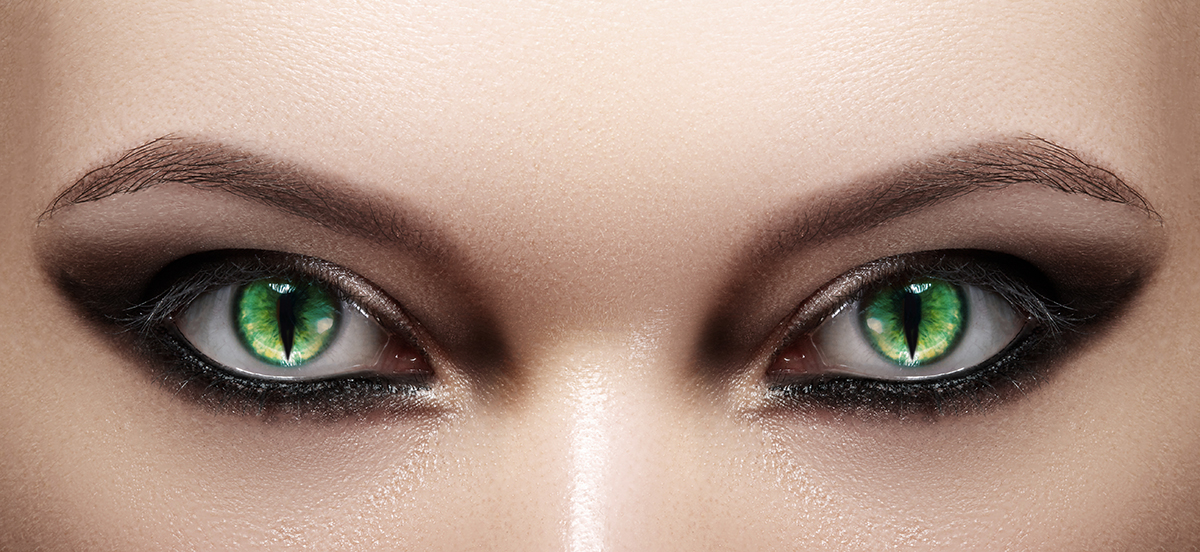
No one is too old to dress up for Halloween. Some people like to enhance their costumes with decorative contact lenses that change their eye color or create special effects, like the illusion of cat or zombie eyes.
Unfortunately, it is common to obtain these types of decorative lenses without a prescription. The non-prescription use of costume lenses can be dangerous. Some of the risks of improperly obtaining and wearing these lenses are downright scary.
Here, the ophthalmologists at Wiles Eye Center discuss the potential consequences of Halloween contact lenses — and suggest a safer way to change your eye color for the holiday.
Risks of Costume Contact Lenses
Contact lenses are medical devices and therefore overseen by the U.S. Food and Drug Administration for their safety and effectiveness. The FDA cautions that contacts should only be obtained with a valid prescription.
Purchasing contact lenses — such as novelty lenses from a beauty supply store, costume store, party supply store or online retailer — without a prescription, puts you at risk of serious eye problems. The lenses may be made of questionable materials, and they may not fit your eyes correctly. The lenses could scratch the surface of your eye, making your eyes susceptible to infection and other problems. Though rare, contact lens-induced infections that are not treated can lead to blindness. We can all agree that changing your eye color for one holiday is not worth potentially losing your sight.
The good news is that you can safely change your eye color for Halloween (or other occasions) with contacts, as long as you get a valid prescription from a licensed eye care professional.
Safely Change Your Eye Color With Pigmented Prescription Lenses
If you wish to change your eye color, contact your eye care professional to inquire about a prescription. Your eye care professional can properly measure your eye and give you a prescription for lenses that specifically fit your eyes and give you the desired eye color. You can be sure the lenses are made from safe materials. When you work with your eye care professional, you will also receive instructions about the proper use and cleaning of your lenses. This will decrease the chances of any complications.
Furthermore, your eye care professional can explain warning signs to look for, such as eye redness or pain, that could suggest a problem with the lenses.
For more information about safely changing your eye color with pigmented prescription lenses, please call or email the team at Wiles Eye Center. We are happy to help you put the finishing touches on your Halloween costume!
The post The Hidden Dangers of Halloween Contact Lenses & How to Safely Change Eye Color appeared first on .
from https://perfect2020.com/the-hidden-dangers-of-halloween-contact-lenses-how-to-safely-change-eye-color/
via https://perfect2020.com/
